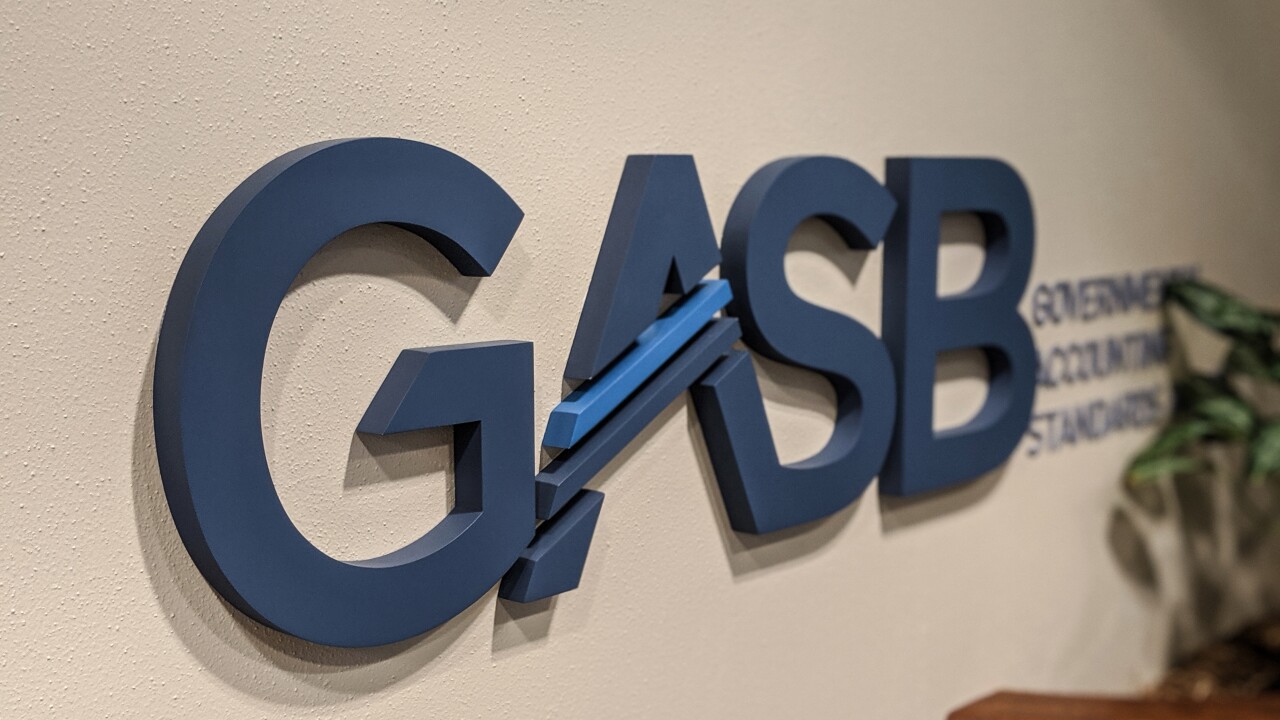NEW YORK — Munis more or less dodged a rating-agency bullet. Investors expected Standard & Poor’s to slap municipalities by the hundreds with downgrades to their respective credit ratings, following its move Friday to downgrade the credit rating of the U.S.
Instead, the agency called public finance credits “among the most stable and predictable in the world.” Furthermore, it added, the decentralized structure of the government allows for state and local credits to be analyzed independently.
“Compared with many of their peers on a global basis, U.S. state and local governments function with a high level of revenue independence,” Standard & Poor’s wrote, noting most state revenues aren’t tied to the federal government, and local government revenues are even less linked.
But with low absolute yields, trading in the secondary remains quiet so far this morning. Investors, seeking yield, continue to sit on the sidelines, a trader in California said.
“Our market is sideways; people are waiting to see before they buy,” he said. “A lot of the wirehouses are bogged down with their own internal bid-wanteds from their retail clients. That’s stalling the market. If those guys aren’t buying the big blocks from the institutions, then you don’t really see much activity.”
Muni yields, somewhat following Treasuries, are mostly weaker on the morning, according to the Municipal Market Data triple-A scale. Yields through 2018 were steady. But maturities after 2018 are flat to two basis points higher.
The benchmark 10-year muni yield held steady Monday, closing at 2.38%. It equaled its lowest yield in almost 10 months, dating to Oct. 21.
The two-year muni yield also held at 0.35%, its lowest yield since Aug. 31, 2010. The 30-year muni yield fell three basis points Monday to 3.92%, its lowest since early November.
Treasury yields have backed off their rally Tuesday morning.
The 10-year Treasury yield rose four basis points to 2.39%, off its lowest level since Jan. 20, 2009.
The two-year Treasury yield continues to linger near record territory. It started the morning at 0.28%, one basis point higher than its record low.
The 30-year yield jumped four basis points to 3.71%.
“Right now the market’s really being tested with the Treasury yield staying so low,” the trader said. “We have yet to see stuff trade much cheaper, but bonds definitely aren’t trading up, so we’re sideways.”
Muni-Treasury ratios continue to be favorable across the curve, particularly when compared with their 2011 averages. The 10-year muni-Treasury ratio, for example, sits at around 101%, against an average of 90.4% for the year. But the uncertainty may keep investors, particularly retail, on the sidelines for a time.
Market pros identify extremely light supply as a direct cause for falling muni yields. This week, the situation likely will get worse. The industry predicts that municipal bonds sold this week will total $2.25 billion versus a revised $3.24 billion last week.
The Puerto Rico Public Building Authority is expected to lead the day’s new deals with the planned pricing of $981 million of bonds. They’ll arrive as $756 million in Series R government facilities revenues bonds and $225 million in Series S government facilities revenues bonds. Moody’s Investors Service just downgraded Puerto Rico’s general obligation rating Monday to Baa1 from A3, with a negative outlook.
This afternoon, the industry will pay close attention to the Federal Open Market Committee announcement following its meeting.





